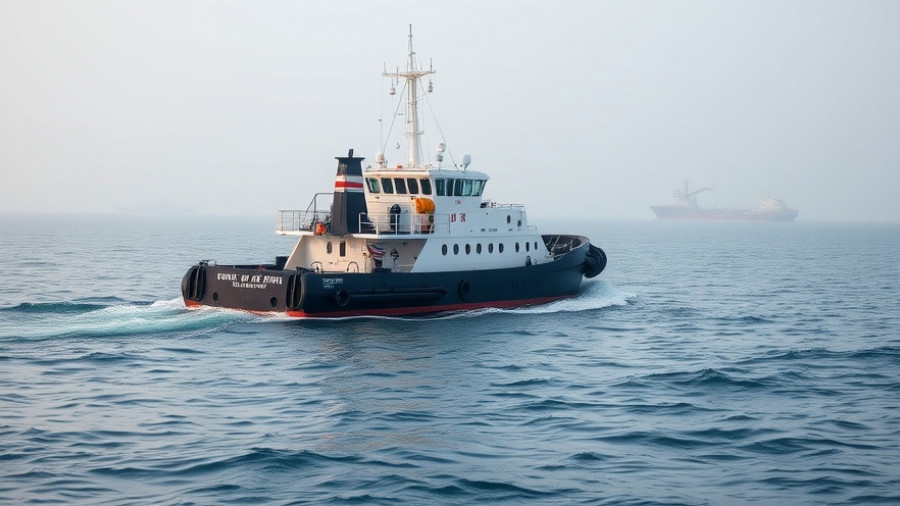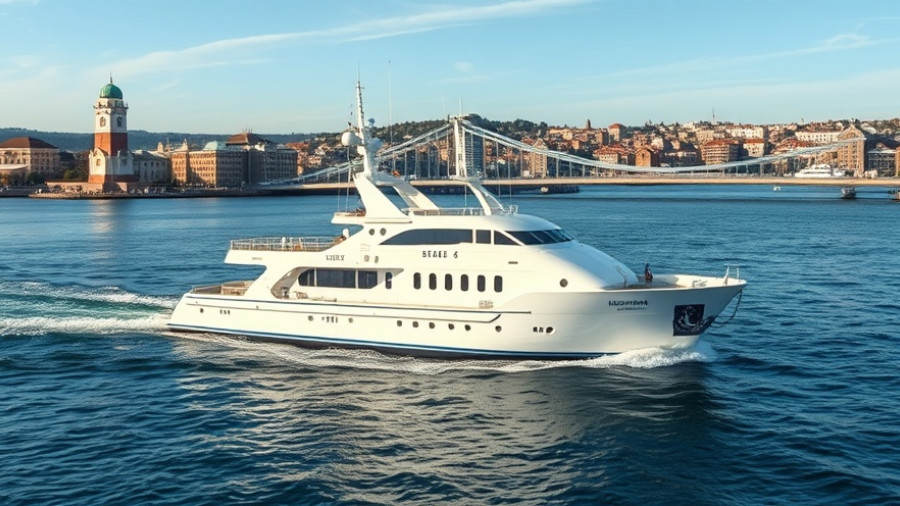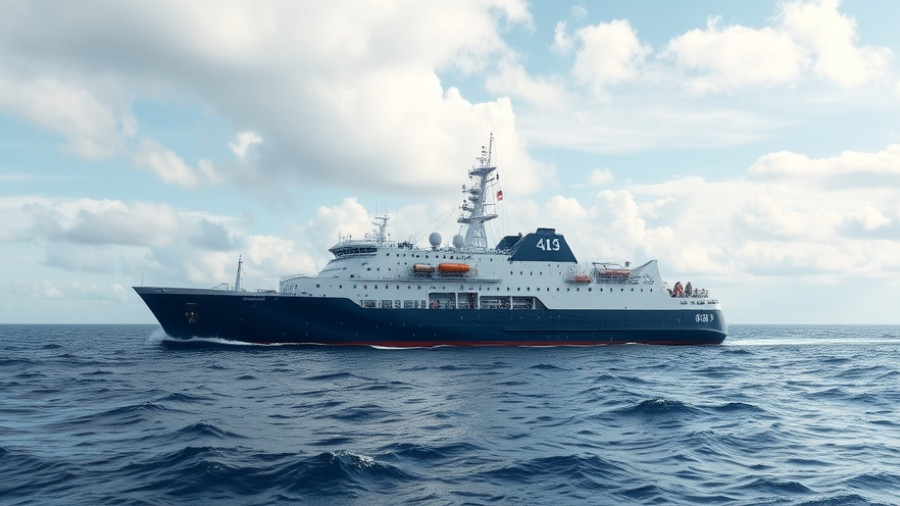
Transforming the Maritime Landscape with Innovative Shipbuilding Approaches
The maritime industry is on the brink of a significant evolution as Japan launches a groundbreaking R&D initiative valued at $82 million focused on ship design and efficiency. Led by MTI Co., Ltd. and a consortium of notable companies and academic institutions, the project aims to develop an Integrated Simulation Platform designed to foster sustainable practices and enhance competitiveness within the global maritime arena. This initiative stands as part of the larger K Program backed by Japan's government, promising to revolutionize shipbuilding methodologies through the application of advanced digital technologies.
Pioneering Research and Future Predictions in Ship Designs
The project, officially titled "Development of Integrated Simulation Platform for Sustainable and Competitive Maritime Industry," embarks on a five-year journey to innovate vessel development technologies. With an emphasis on high-resolution environmental predictions and digitally-driven construction processes, the consortium seeks to ensure safe maritime operations while addressing both ecological concerns and efficiency gains. Project Leader Hideyuki Ando underscores the need for cutting-edge designs that not only meet present demands but are also future-ready against the backdrop of shifting environmental and regulatory frameworks.
Why This Initiative Matters: The Value Beyond the Dollars
While the financial backing of JPY 12 billion or $82 million is impressive, the implications of this project extend far beyond mere numbers. Japan’s fishing and transport sectors heavily rely on efficient and safe vessel designs. With marine traffic consistently increasing, harboring a technology-driven approach could enhance performance, reduce operational costs, and promote sustainability. Organizations involved span a significant range of expertise—from traditional shipbuilders like Mitsubishi and Tsuneishi to academia through prestigious institutions such as the University of Osaka and Kyoto University—creating a collaborative powerhouse of knowledge and innovation.
Insights from the Global Maritime Industry: Learning from Others
Projects similar to this Japanese initiative have cropped up globally. For example, the recent development of hybrid solar-powered cargo vessels in the Netherlands demonstrates a viable path towards greener shipping practices. Notably, such innovations also spark a competitive edge in international markets, emphasizing the crucial balance between profitability and environmental stewardship. Japan's new endeavor is well-timed, aligning with global trends that favor green technology adoption and efficiency in operations.
Potential Challenges: Navigating the Waters Ahead
While the project sets ambitious goals, it also faces several challenges. Integrating new digital tools into traditional shipbuilding workflows can encounter resistance from established practices. Furthermore, the maritime industry often grapples with intricate regulations and standards that can hinder rapid innovation. Tackling these obstacles will require not only time and investment but also a willingness to embrace change across all stakeholders involved.
Your Role in Supporting Sustainable Shipping Initiatives
As the maritime community gears up for these transformative shifts, stakeholders—including policymakers, businesses, and consumers—play critical roles in fostering a culture of innovation and sustainability. Advocating for responsible practices and supporting cutting-edge initiatives can pave the way for monumental advancements in the maritime sector.
 Add Row
Add Row  Add
Add 




Write A Comment